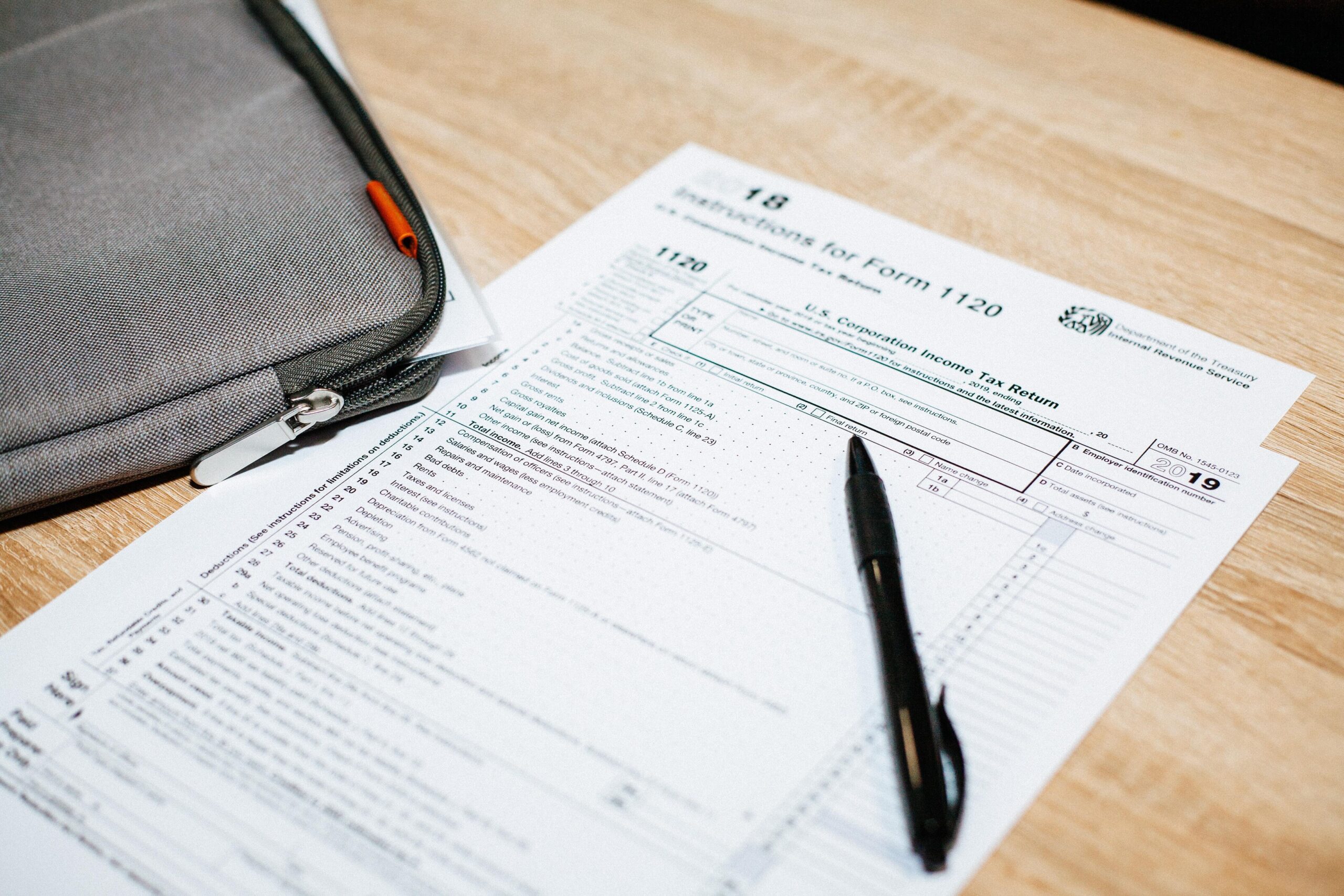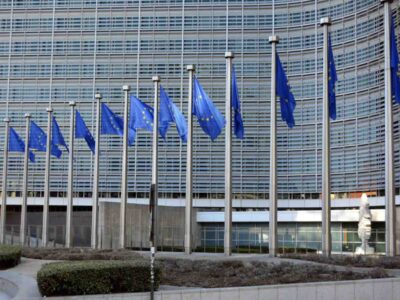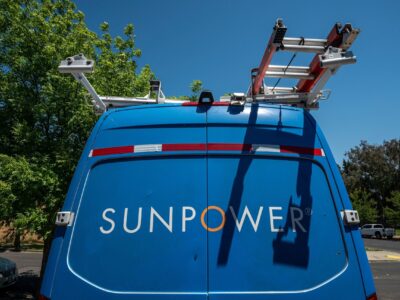Businesses that were forced to close during the COVID-19 lockdown might be wondering where they can get financial help to recoup some of their losses. The good news is that options are available.
One of those options is the Paycheck Protection Program, or PPP, an initiative overseen by the U.S. Small Business Administration (SBA). The PPP was created through the enactment of The CARES Act, a law recently passed by Congress in response to the COVID-19 lockdown as a way to provide forgivable loans to businesses with 500 employees or less so they can keep workers on their payrolls.
Since its establishment, Congress has provided two rounds of emergency funding to the program. The first round, totaling $349 million, was quickly depleted by mid-April as thousands of businesses raced to access the loans. On April 24, the federal government approved the second round of funding for $310 million to replenish the program and began accepting new applications a few days later. Applications for this round are still being accepted as lawmakers continue to discuss the possibility of additional support for small businesses..
Data from the SBA show that more than $510 million in forgivable loans have already been approved through this new program. The average loan paid out during the initial round was more than $200,000. During the second wave of funding, that number has fallen to about $120,000.
Here are a few things to know for those interested in applying for a loan:
- You can apply through a participating SBA lender, federally insured depository institution, federally insured credit union or Farm Credit System institution. Visit this SBA site for more info.
- All types of businesses that meet the employee criteria can apply. Businesses in certain industries can have more than 500 employees as long as they meet applicable SBA employee-based size standards for those industries.
- At least 75 percent of the loan must go toward payroll costs. These costs do not include payments to independent contractors.
You can use funds from the PPP to pay the following:
- Payroll: This includes salaries and wages, vacation time, parental or family leave, medical or sick leave and health benefits.
- Mortgage interest: To qualify, the mortgage must have been signed prior to Feb. 15, 2020.
- Rent: To qualify, the lease agreement must have been in effect before Feb. 15, 2020.
- Utilities: To qualify, service must have begun before Feb. 15, 2020.
Each of these expenses qualifies for loan forgiveness under the PPP. Eligible expenses are those that were incurred over an eight-week period, starting on the day the first payment was made by the PPP lender. Payroll expenses are eligible as long as they were incurred during the eight-week period – even if the actual pay date took place outside of the eight-week period. Businesses have until June 30, when the current program expires, to apply for these benefits.





